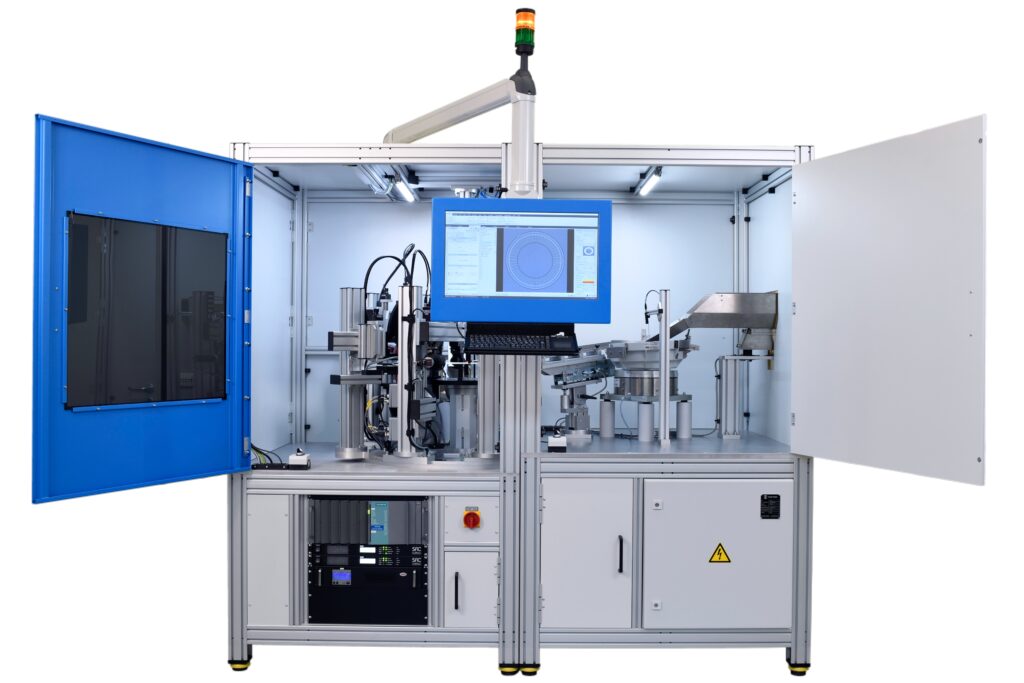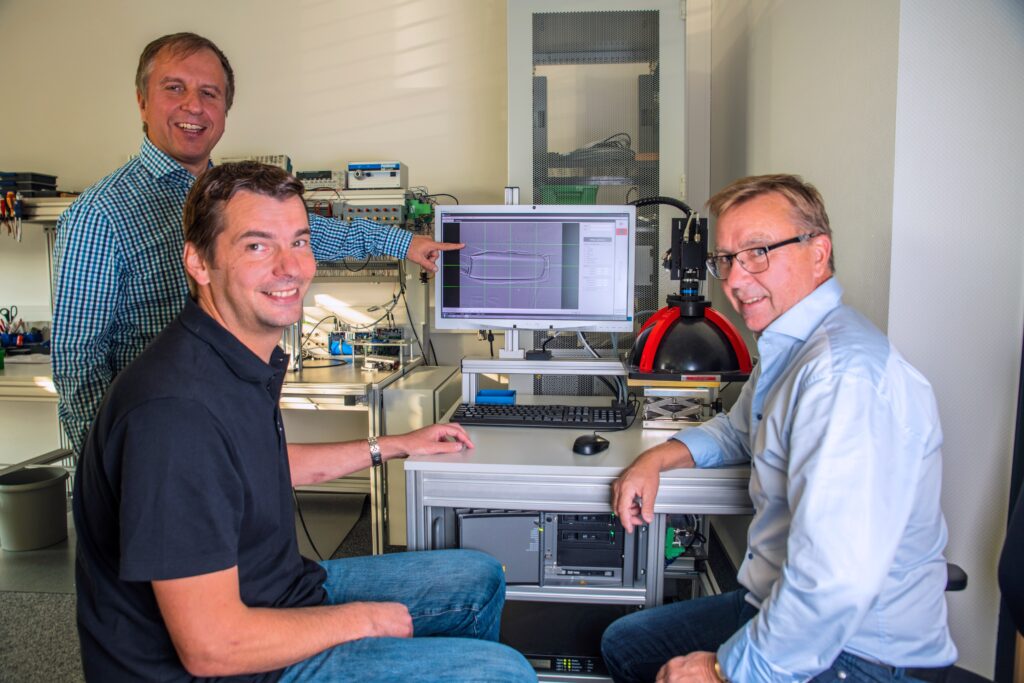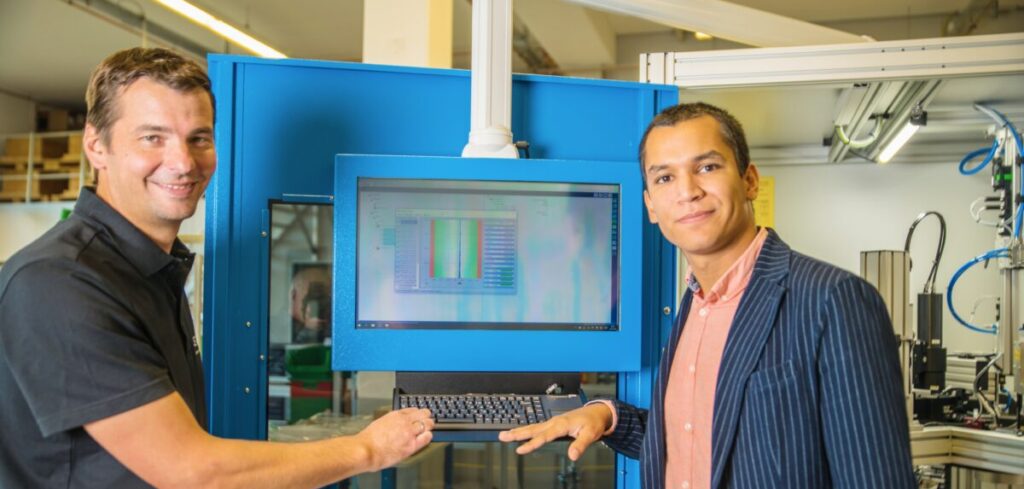How Zinkteknik achieved zero-defect production with Kistler test automation systems
Zinc casting specialist Zinkteknik manufactures die-cast parts, which are used in safety components for seatbelt systems in cars. By integrating test automation systems from Kistler into its fully automated production lines, the Swedish firm has been able to attain true ‘zero-defect’ production – even for very high volumes.
Per-Erik Edman, quality assurance engineer at Zinkteknik, explains the challenges of achieving zero-defect production in this specialty field of zinc die-casting: “With quantities of 30-40 million for just one single part in a year, our volumes are so high that there’s no way of inspecting each individual part. This prompted us to implement in-process monitoring to ensure the quality of the parts we produce.”
Edman’s team had already reduced the complaint rate to less than 10 per year in series – a very low figure in relation to the enormous volumes involved. The difficulty was how to improve on that success and attain zero-defect production. “As it is often the case, the last step is the most difficult. But we had a stroke of luck, one of our customers, a Tier 1 supplier, recommended that we take a look at test automation solutions from Kistler,” Edman continues.
Shortly after making its first contact with Kistler in 2016, Zinkteknik ordered a KVC-821 – the latest-generation automated test and sorting system for end-of-line quality assurance. Zinkteknik’s engineers joined forces with Kistler’s image processing experts to determine the best camera configuration for identifying faulty automotive safety parts.
“When we visited Germany to work on fault analysis with the Kistler team, we had a very open discussion on what is possible and how best to achieve the desired results. The Kistler experts were also very clear about what was not possible – and at the same time, they explored various alternative ways of meeting the challenge.”
With the help of the KVC-821 from Kistler, Zinkteknik was able to efficiently check millions of manufactured zinc parts for geometry and surface defects – and before long, it reached the all-important ‘zero-defect’ goal.
“The result was very convincing,” Edman recalls. “We supply one of our biggest customers with critical automotive parts that are intended to save lives – and we no longer received any complaints whatsoever from that customer.”
Encouraged by this success, Zinkteknik then explored the possibility of integrating more test automation cells from Kistler into its production lines so as to achieve perfect results on other manufacturing projects.

Zinkteknik now operates seven KVC-821 test systems to monitor production of five different parts – with two more systems to be installed in the near future, another at the company’s Swedish site, and the first one in Bosnia.
Karl Persson, production engineer at Zinkteknik, explains the integration process, “We started out by using the first machine from Kistler as a standalone solution, so some steps had to be performed manually. But naturally, we wanted to integrate the test cells into our fully automated production lines. Then we realized that we could only achieve that goal by thinking big.”
Quality checking for safety-critical parts: how does it work?
To ensure that high volumes of sensitive automotive parts are 100% free of defects, one essential test is to check the surface and outline for blisters. This is achieved through a combination of two different imaging methods – 2.5D shape from shading and 3D laser triangulation.
The image captured is mathematically processed and analyzed by the KiVision Software, which decides within milliseconds if a respective part is ‘OK’ or ‘NOK’. An important requirement is the optimal definition of what should be seen as a defect – to prevent both faulty parts and pseudo-scrap (parts that are sorted out despite being appropriate for the application).
Zinkteknik responded to this new challenge by expanding its Swedish production site in 2018 to accommodate full integration of the end-of-line testing solutions from Kistler, which are now installed in a new hall.
“We currently have seven machines connected to our automated production lines, so we can easily balance varying volumes of different parts throughout the year,” Persson adds.
“We’ve been operating test automation systems in real production for about three years now, and we’ve received tremendous support from Kistler throughout that time. Their team is always standing by to answer our questions, they have supported us with overcoming many challenges, and they have even helped to generate new business opportunities for Zinkteknik.”



